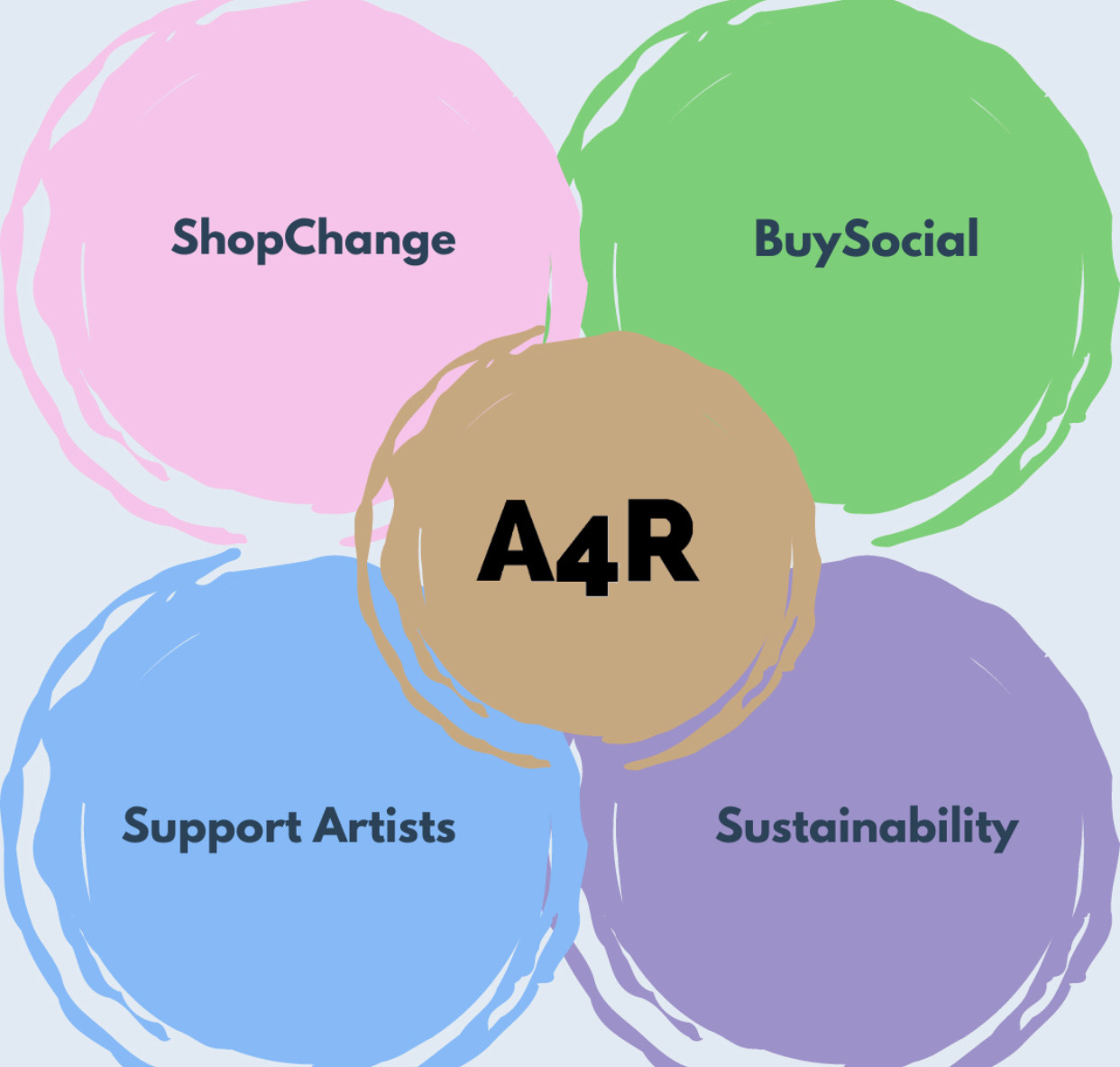From Conflict to Connection: Digital Peace-making and the Transformation of FARC Women
The peace process between the Colombian Government and The Armed Revolutionary Forces of Colombia, also known as FARC, was not easy to accomplish. Initiated in 2012 and taking over 4 years to complete, the process had several civilians against it.
For many, thinking about the FARC brought back painful memories of their loved ones being kidnapped in the light of day, only the next day to receive a call from a FARC militiaman requesting ransom. Or, despite counterclaims, children and families in poor rural areas being forcibly recruited to become part of the guerrilla. FARC’s involvement in the taxation, production and distribution of illegal drugs also ignited a new wave of gang-based violence in the country, causing thousands of lives to be lost due to the intensification of drug use and trade in the country. From its foundation in 1964, FARC seemed to have diverted from its Marxist-Leninist ideology and egalitarian mission to a fully militarised movement, using guerilla-based tactics to target areas with a strong presence of the Colombian military.
For that reason, when the news came out that the Colombian government would be negotiating with FARC, many saw this move as legitimising a terrorist organisation. They interpreted the 2016 Peace Agreement, which predicted that FARC members would be reinserted into civilian life, as awarding political status to criminals. As the wounds were still fresh from decades of violence, many also feared that the peace agreement would be solely of symbolic value. FARC would likely continue to place attacks on civilians, only now with the legal recognition in the eyes of the government.
So, what happened? How did the peace-making process go ahead despite so many people's opposition? We can point to the digital component of Colombian peace talks.
Digital peace-making played an important part in the Colombian government’s negotiations with FARC up until the conclusion of the 2016 Peace Agreement. The use of Information and Communication Technologies (ICTs) to support peace-making dynamics, such as conflict analysis and communication efforts, made the elements of the peace agreement much more accessible to the overall population. This strategy was first adopted by the government, through its mesa de conversaciones, an app where locals could follow the latest updates of the peace process negotiations and submit their requests into a form. This way, the government attempted to make the process even more democratic by inserting civilians' opinions and suggestions into the peace agreement.
Although the app was successful in terms of its technical functions, the lack of trust of civilians towards the Colombian government deemed the application unpopular. The actors responsible for adding the digital component to the Colombian peace process were, therefore, FARC’s own members. Especially women.
Inside the militia, women were already segregated from their male counterparts. Once they joined FARC, either willingly or forcibly, women’s initial roles were limited to housekeeping: cooking, cleaning and attending to the children were the tasks assigned to them. For a few lucky ones, you could be given greater military responsibilities, including strategic planning of future attacks on government and the army centres. Still, roles of leadership inside the organisation were exclusively conducted by men. This highlights how gender gaps within the militia group have been apparent since its foundation.
During the Peace Agreement negotiations, however, FARC women were determined to change the social dynamic once they were reintegrated into society. In conversation with feminist groups, they wanted to ensure that the transition into civilian life would tackle gender disparities and ensure equal treatment amongst the political and economic rights awarded to ex-FARC members. This transformed the Havana Peace Talks (2012-2016) into a gender-based approach to peacebuilding.
Moreover, las farianas, who ex-FARC female fighters would later be known as, used ICTs to further showcase their commitment to demobilising and re-entering civilian life. FARC’s women delegates for the Havana Peace Talks also made a strong presence on social media platform Twitter, documenting their day-to-day participation in peace talks. They sought to spread awareness about their fight to reduce gender inequality amongst FARC members alongside demobilisation. And they managed to do so, with the setup of a Gender Sub-Commission in 2014. This allowed FARC women combatants to gain further public visibility and document proposals for gender equality, which included but were not limited to the prevention of gender-based violence, land access for women, further political participation, and access to programmes and resources related to reinsertion into civilian life.
Analysing ex-FARC female members’ tweets, you can find that the prevalent themes are peace, equality and women’s rights. The discourse of female FARC members during the Havana Talks highlights how they allude to equality and political participation in general terms, not only limited to ex-FARC members. The use of social media placed female combatants in the public eye, and humanised them to a wider audience, allowing them to see how female FARC members were committed to demobilising and contributing to Colombian society. They were earning the trust of the Colombian civilian population; a trust that not even their own government had managed to earn.
Moreover, they created their own website, Mujeres Farianas, to talk about gender equality and local culture and traditions. From Colombia’s indigenous roots, communist ideology and prevention of domestic violence, Mujeres Farianas became an artistic outlet where ex-FARC female members can feel empowered about their political beliefs and identity as Colombian women. What first started as a desire of a specific community to lay down arms and reintegrate into civilian life, now became a social movement aimed towards greater socio-economic and environmental goals.
The case study of FARC women during the Colombia Peace Agreement negotiations is, without a doubt, proof that digital means can be an effective communication tool, expanding your reach to an even wider audience. For las farianas, their presence in the digital realm transformed them from housewives and combatants to advocates fighting for their own rights and future. They managed to align their goals with democratic and human rights principles, in accordance with what is predicted by the Colombian constitution and emphasise the role of gender-based approaches to peacebuilding. This points towards a tendency to use ICTs and social media to increase political participation to expedite peace-making processes.
It is true that the transition of las farianas into civilian life post-2016 has not been as smooth as expected; the changes towards a more gender-equal society did not happen as quickly and efficiently as some of them may have planned. FARC dissidents continue to threaten and terrorise minorities and rural communities, and gang violence continues to spread amongst Colombian main cities. Despite all this, the impact of las farianas continues to resonate, inspiring a movement to seek constructive dialogue and work towards sustainable and long-term peace. They teach us a lesson about giving a voice to marginalised groups in society and the importance of gender-inclusive approaches in post-conflict reconstruction.
Bibliography
Henshaw, Alexis. ‘“Peace with a Woman’s Face”: Women, Social Media and the Colombian Peace Process’. Contexto Internacional 42 (23 November 2020): 515–38. https://doi.org/10.1590/S0102-8529.2019420300001.
Hustead, Maggie. ‘Women Peacebuilders in Colombia and New Digital Solutions’. Global Policy 15, no. S3 (2024): 39–46. https://doi.org/10.1111/1758-5899.13331.
‘MUJER FARIANA - Sitio Web Oficial de Las Mujeres de Las FARC-EP - Mujer Fariana’. Accessed 21 October 2024.
https://mujerfariana.org/
In this episode Brenda discusses the digital peacemaking experience in Columbia. She is a student journalist with us on a placement organised with Department of War Studies, King’s College, London. This article was edited using Lex.page.
Thank you for reading an A4R 🎨 Post. Don’t forget to visit our gift shop here. Every purchase scales our impact and pays our bills.














